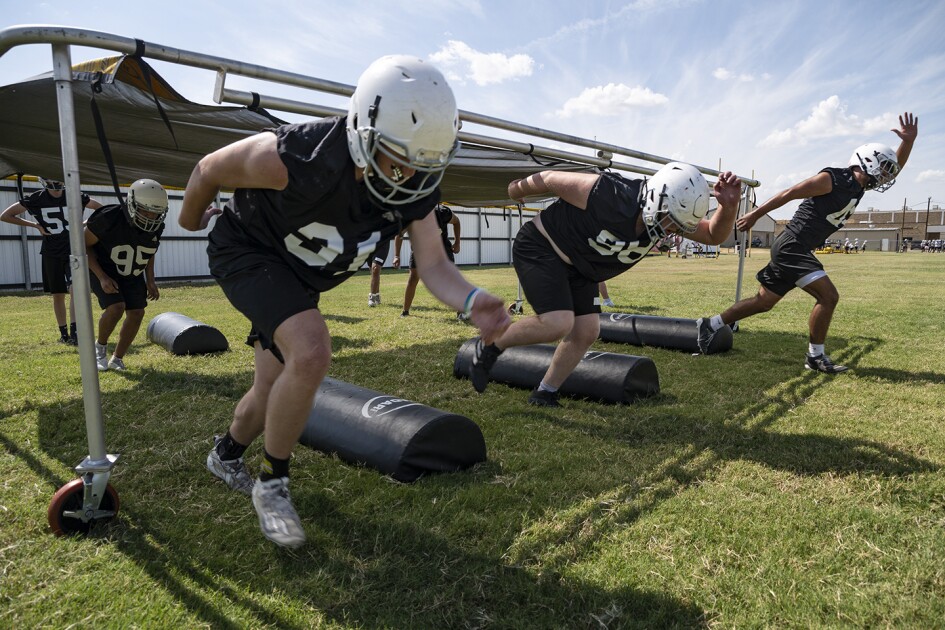Several studies have reported a paradoxical conclusion about bilingual education: Children who are taught school subjects in their native language, given enough time, tend to acquire more English than children receiving intensive English instruction.
How can less be more? Are the studies erroneous? Or is there a scientific explanation for this counter-intuitive finding?
Stephen D. Krashen, a professor of linguistics at the University of Southern California, has advanced a theory to explain this phenomenon. Languages are acquired through “comprehensible input,’' he says, through receiving understandable messages. A powerful aid in this process is “extralinguistic information,’' or context, which can give meaning to what would otherwise be mere noise.
“The first rationale for bilingual education,’' Mr. Krashen postulates, “is that information, knowledge that you get through your first language, makes English input much more comprehensible. It can take something that is utterly opaque and make it transparent.’'
Limited-English-proficient students who keep up in mathematics, science, and social-studies classes taught in their native language have an edge in second-language acquisition, he explains, when the medium of instruction is gradually shifted to English.
To illustrate how context aids comprehension, Mr. Krashen cites the following exercise in decoding a nonsense word, rouche:
“Favorable conditions are necessary to do this activity. That is, you have to have enough rouche. If there is too much rouche, the object might break. But if conditions are too calm, you will have problems because the rouche makes the object go up. If there are obstacles, a serious problem can result because you cannot control the rouche. Usually, the rouche is most favorable during the spring.’'
In a test administered by the researcher Shirley J. Adams, only 13 percent of the subjects could define the word rouche. But after background information, or context, was provided, 78 percent could guess. The one piece of information that made the difference was: “This passage is about flying a kite.’'





